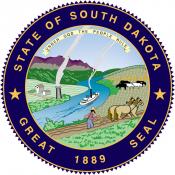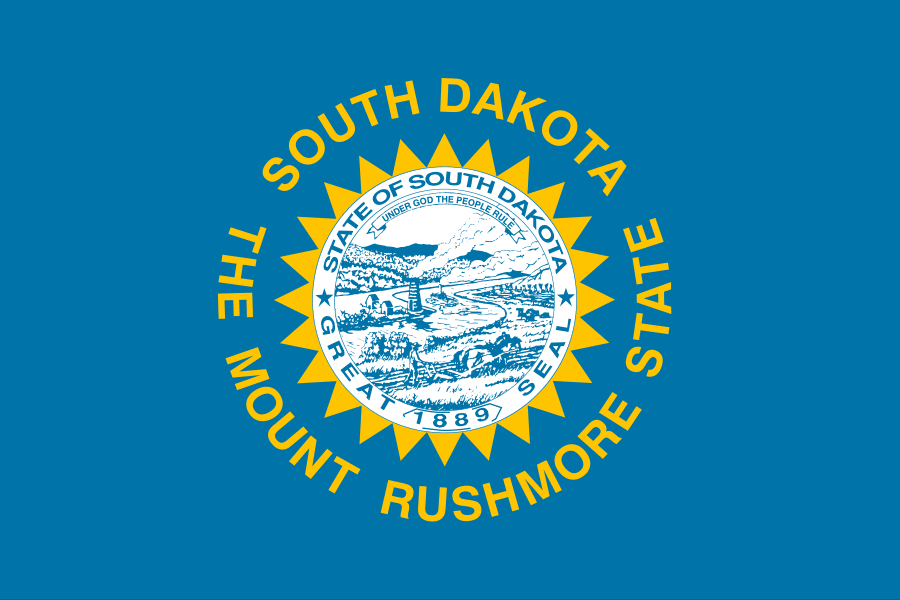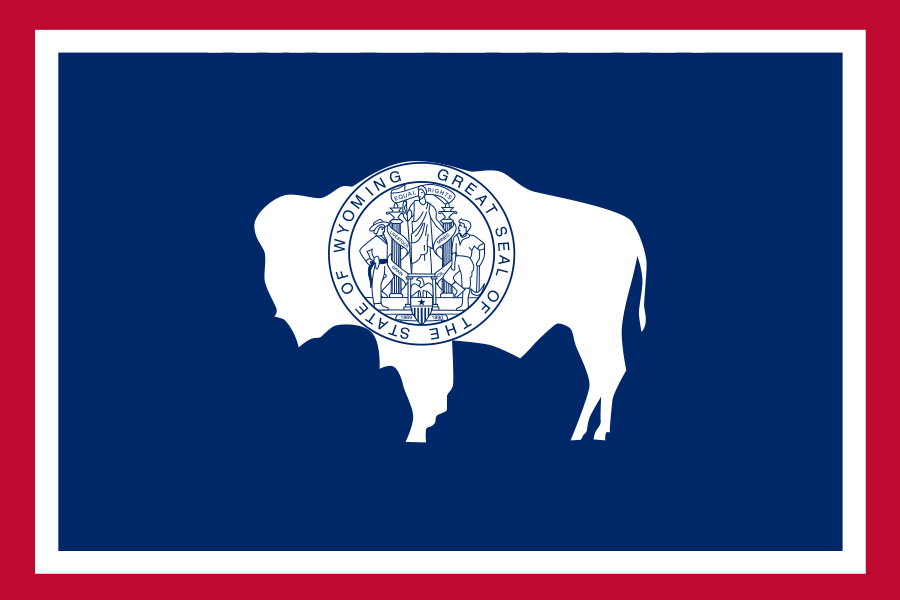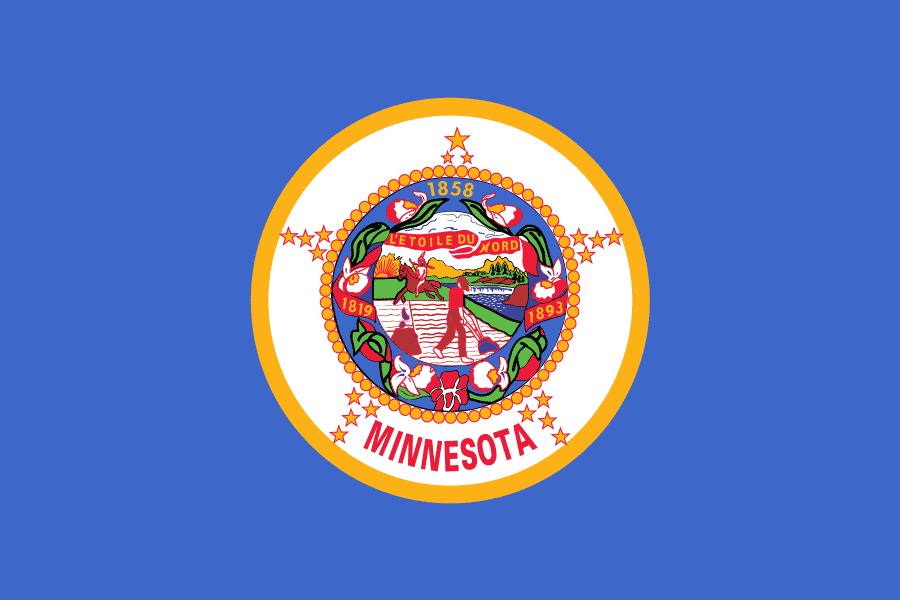Our free guide provides you with all of the information you'll need to start your business in South Dakota. Bookmark this page as a reference so you can return easily as you complete each step of the process.
Use Our Free GuideSouth Dakota Business Startup Guide

Starting a new business in South Dakota is an exciting and rewarding experience, but it won't be a walk in the park. If you're going to hit the ground running, you need to take the necessary steps to build a strong foundation on which you can build your success.
In our guide, we break the process of starting a business down into 8 easy to follow steps.
Note: MyCorporation® can help by handling all of the required filings on your behalf, ensuring your business is set up correctly. Check out our business formations page to get started.
Step 1: Define your business concept.
Every successful business starts the same way, with a good idea. No matter what kind of business you plan on starting in South Dakota, you need to identify the value or unique service you plan to offer.
Be sure to pursue a business idea that aligns with your personal interests, skill set, and passions. Starting a business in South Dakota takes a lot of work, staying excited and highly motivated will be a huge component of your success.
Check out our industry-specific start up guides for additional more help with starting your business in South Dakota:
- Start a Consulting Business
- Start a Construction Business
- Open a Restaurant
- Start a Trucking Business
- Open a Retail Business
- Start a General Contractor Business
- Start a Professional Service
Step 2: Draft a business plan to start a business in South Dakota
A detailed business plan is a critical step that helps you understand your long term goals, and serves as your proof of concept for the future success of your business.
In short, a business plan is your roadmap to profitability. Think of a business plan as a blueprint, which aims to lay out the fine details of your business ahead of time, allowing you to better prepare for the many challenges that lie ahead.
When writing a good business plan, you should attempt to answer the following questions:
- What service/product will your business offer?
- How much will it cost to get your business up and running, and where will that funding come from (self or investment)
- Who is your target audience, and roughly what is the size of this audience where you intend on conducting business?
- Who will be your main competitors?
Step 3: Choose a business name.
The next step will be to decide on a name for your business. Be sure to choose a name that is memorable and unique, easy to understand and pronounce, and accurately represents the products or services you plan to offer. In the State of South Dakota, no two businesses can register the same or "confusingly similar" names. Before you file any paperwork with the South Dakota Secretary of State, remember to conduct a business name search to determine availability. Jot down one or two alternatives, in case the name you settle on is not available for registration.
If your name is available but you are not ready to register with the state, you can file for a business name reservation to prevent another business from taking the name before you file.
Step 4: Fund your startup costs.
It should come as no surprise that you will need money to start your business in SD. Determining how you will fund your business will have an impact on the legal structure you choose, so it is important to carefully plan your start up costs up front. If you need additional funding, there are a few places you can turn:
- Outside investment:
Venture capitalists and entrepreneurs can be a source of funding, generally in exchange for a percentage of ownership in your business. If this is your desired method of fundraising, it is advisable to consider forming a corporation. - Small business loans:
Many banks or lenders will issue a small business loan to help you get up and running. Of course, this money will need to be paid back with interest, so be sure to calculate those costs into your financial plan. Take extra time when preparing your business plan before you attempt to get your loan, you will most likely be required to share it with the lender before a loan will be issued. - Family and friends
Loans from friends and family can be a great, cost efficient way to fund your business, reducing the total interest paid. These loans and be in lieu or in addition to traditional bank loans. Remember, it is still important to get the terms of repayment in writing before accepting any loans, and don't accept more than you can pay off in a reasonable time period. - Bootstrapping:
Bootstrapping is the process of funding your business's startup costs with nothing more than personal savings, reinvesting early profits back into the business. The advantage of self funding your business is retaining full control and ownership, making it a great choice for business with lower startup costs. The downside to this method of funding is the possibility of additional financial strain from the outset.
Step 5: Choose a business structure.
Registering your business as a legal entity with the State of South Dakota creates separation between you and your company. It is this separation that provides you with limited liability protection, an important protection that prevents you from being held personally responsible for lawsuits filed against your business. Creating a legal structure for your business demonstrates credibility and longevity to potential investors and customers, and is an important step to building a strong foundation for a successful business.
When deciding on a business structure, there are several options to choose from.
Sole Proprietorship : A sole proprietorship is an informal business structure, where an unincorporated business is run by an individual without registration with the state. Operating your business as a sole proprietorship is the simplest way to run a business, as all taxation passes directly to the owner. Operating as a sole proprietorship opens you up to potential legal disaster, since the owner is personally liable for any debts or lawsuits filed against the business. While it can be suitable in certain situations, it is not recommended to run your business as a sole proprietorship in South Dakota.
Limited Liability Company (LLC) : An LLC is the most common entity type chosen by small business owners. A "hybrid entity", it provides the liability protections offered by a standard corporation with the simplicity and flexibility of pass through taxation. LLCs are attractive among small business owners because they require the least amount of maintenance and almost no corporate formalities. This means less record keeping and fewer annual requirements, leaving you more time to focus on your business.
Corporation : A C corporation, (sometimes called a general for profit corporation), is the perfect entity for any business looking for a more formal corporate structure. Since corporations allow the issuance of stock, they are generally more attractive to entrepreneurs and venture capitalists who may want to invest in your business, making them extremely popular for businesses seeking outside investment. Corporations also provide a business with the ability to deduct certain benefits, like employee health insurance and dental plans, which can add up to substantial savings per year.
Nonprofit : A nonprofit corporation is a business formed with the purpose of furthering a particular social cause or advocating for a specific point of view. Rather than earning a profit, a nonprofit corporation reinvests its revenue to achieve its objective instead of distributing that income to its shareholders. Typically, nonprofits are funded by donations. One unique feature of a nonprofit is that they are eligible for tax exempt status.
DBA (Doing Business As) : A DBA is an official registration of your business name. In some states, this can be referred to as a "fictitious business name" or "assumed" name. While a DBA is not a business entity, it can be filed against any business type to legally operate under a business name other than your own. If your business conducts any business - such as transactions, marketing, advertising, or printing out business cards - under a name that isn't your own name, you will need to file and register a DBA in South Dakota
Step 6: Register your business with the South Dakota Secretary of State.
Once you have chosen the best structure for your business, the next step is completing your registration with the South Dakota Secretary of State. You can submit your paperwork directly to the state, or MyCorporation can complete and file the required paperwork for you, preventing any potential missteps.
In South Dakota, the registration process differs slightly entity to entity. However, the information you can expect to provide about your business is pretty much the same, including the basic business details, the business name, and registered agent information.
- The basic business details:
Includes the business address, purpose, and ownership details. - The business name:
The preferred name of the business you wish to register and a few alternatives should the desired name be unavailable (recommended). - Registered agent information:
The name and address who will serve as the point of contact to the South Dakota Secretary of State for all business related matters. This address must be located in South Dakota.
Step 7: Get your business licenses and permits.
In South Dakota, all businesses are required to file for a general business license (sometimes referred to as a business tax certificate). Business licenses are issued by cities and municipalities, and every city in South Dakota differs in their requirements. If you plan on operating your business in multiple cities, you will need to apply for a business license in each location. Some additional permits may be required in addition to a general business license, which may need to be filed with the county or the state. You can find out about the specific licenses applicable to your business by checking with the city offices where you will conduct business, or by using MyCorporation's business license compliance package. Our team of skilled professionals will identify the licenses required by your business and provide you with all the information you need to file.
Step 8: Set up a business bank account.
In order to maintain the liability protections gained by registering your business, you need to separate your personal finances from your business finances. Creating a business bank account is the best way to do this.
In South Dakota, mixing your personal finances with your business finances can blur the separation between you and your business, putting your personal assets (Home, car, high value assets) at risk in the event your business is sued. Separating your finances with a business bank account draws a clear line between which assets are yours, and which are owned by your business.
In most cases, you will be required to file an EIN ( Employer Identification Number) in order to open a bank account. An EIN (also referred to as a Federal Tax ID) is a nine-digit number that is issued by the IRS and used to uniquely identify your business for tax purposes. Think of it as a Social Security Number (SSN) for your business, except an EIN is less sensitive. It is important to wait until the LLC has been approved by the South Dakota Secretary of State before applying for an EIN. For that reason, filing for an EIN is one of the last things to do when you are setting up a business.
Conclusion
Starting a business in South Dakota requires careful planning and attention to detail. By following the steps outlined in this guide, you can establish a strong foundation for your new venture. If you need assistance with setting up your business, MyCorporation is here to help. We handle all the filing paperwork and ensure everything is completed accurately and on time, allowing you to focus on growing your business.


 Start a Business in
Start a Business in  Start a Business in
Start a Business in  Start a Business in
Start a Business in  Start a Business in
Start a Business in